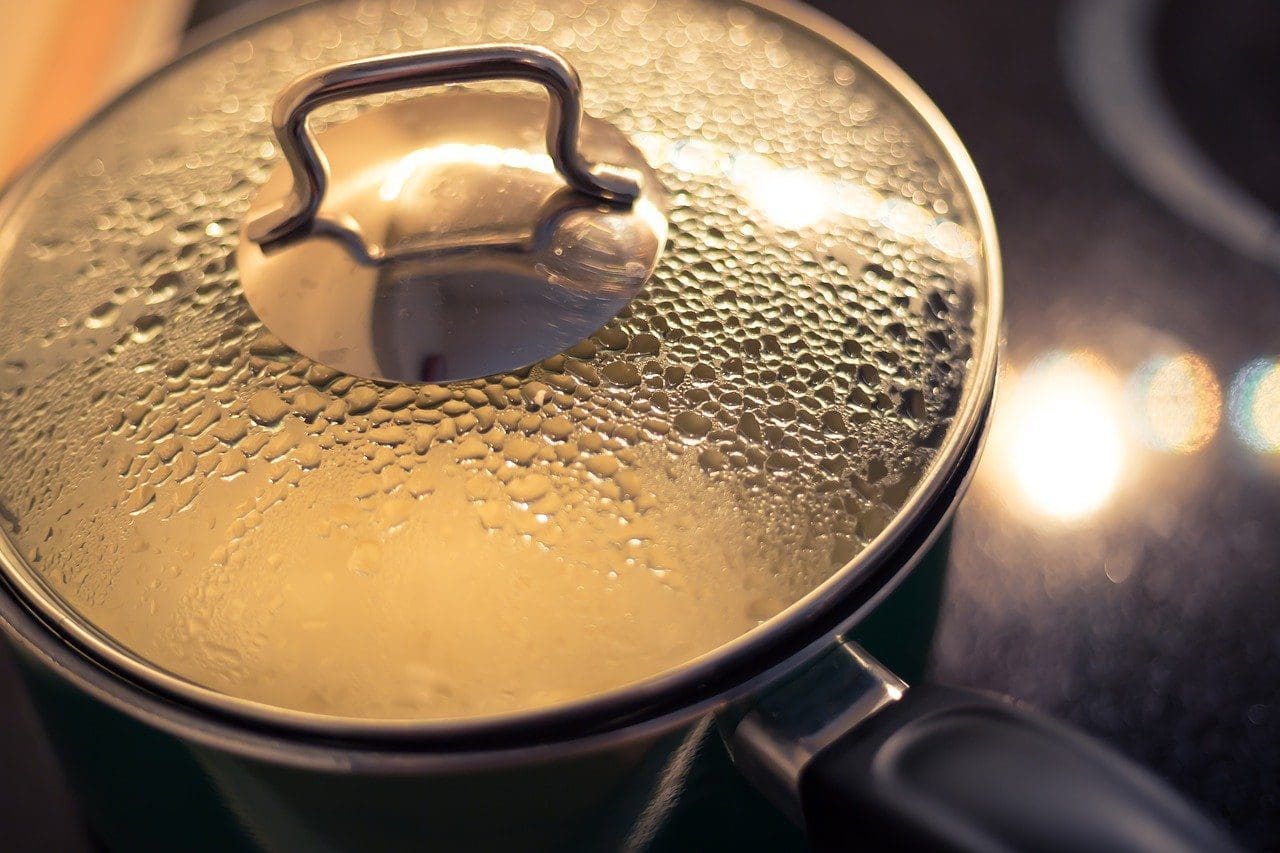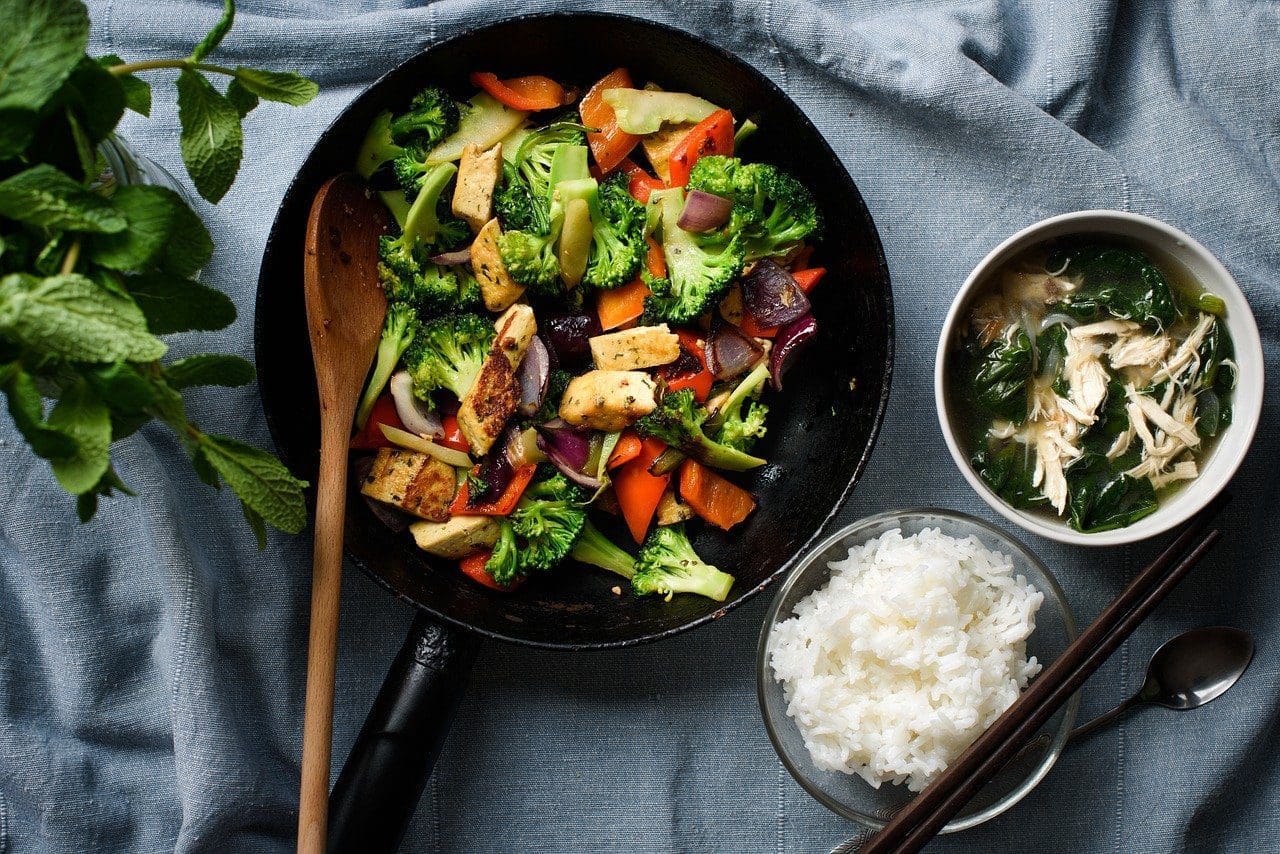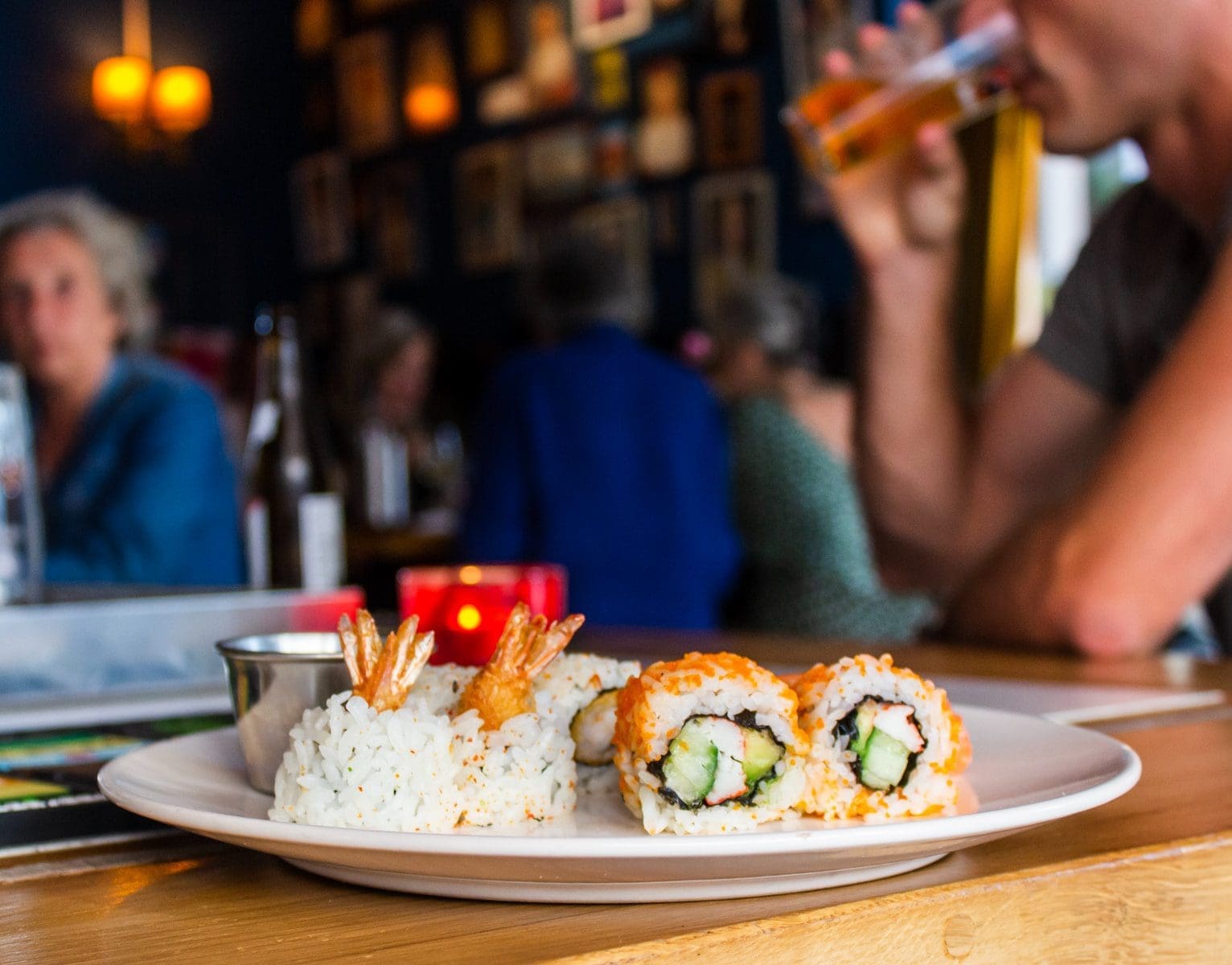
Some technical terms :
Rice: A staple food, mainly consisting of raw starch.
Starch: A member of carbohydrate food group. Starch is a major part of most staple food, bread, pasta, noodle, potato, corn, yam, etc. When cooked and digested by the body it will break down to simple sugar (Glucose) and be converted to energy. Starch presents in a form of small crystals, visible only through a microscope and polarized light.
Gelatinise: Raw starch consists of whole unbroken starch crystal. The process of breaking starch crystal is called Gelatinisation.
The only difference between raw and cooked rice is its starch structure. Raw rice consists partly or mainly of dry ungelatinized starch while cooked rice consists mainly of wet gelatinized starch. In simple words, cooked rice is wet gelatinized rice. The process of cooking will gelatinize all starch so the human body can digest it.
Gelatinizing starch needs 3 components, namely, raw starch, water, and heat. The first component is obvious, raw starch is needed to get any processed starch. Water or moisture is needed to make starch crystal soft so its crystal structure can be broken down easily. Finally, heat will break the wet starch structure down to broken form and the wettest starch will gelatinize at a temperature between 150 to 200 deg F.
Now to summarize everything. Raw rice needs water to make its starch crystal wet and soft. When heat is applied to the starch crystal, the crystal structure will break down or gelatinized, or cook. Only gelatinized starch is digestible by the human body.
Rice cooking styles
Here is just a rough discussion on rice cooking.
If you notice, rice in different restaurants is cooked and served differently: Italian, Spanish, Middle East, Indian subcontinent, Southeast Asian, East Asian. Each region also has a different recipe. In general, we may catalog them into 5 styles.
Soft porridge
This is common in East Asia, South East Asia, and also part of Africa. Sometimes plain boiled, sometimes with stock, and sometimes with meat or vegetable. It is the most simple form for rice cooking. Soak rice in water for a few minutes to a few hours to let water enter into each grain. Boil rice in the pot with a lot of water, maybe 1 rice to 5 water by volume. Covered pot and let rice cook till soft. May need to lower the heat or keep the pot open as rice may boil over.
Here is an interesting rice pudding recipe with cooked rice that turns out lovely if done right.
Hard porridge
This style is not that common. Mostly cooked in East and South East Asia. Steam rice first. Add steamed rice in boiling water and stir till every grain is separated. Some techniques may recommend cold steamed rice which I personally prefer as rice is looser and soup is clearer. Also, some techniques use the stock for boiling.
Plain steam
 This style is the most common, in terms of population. East Asia, South East Asia, Indian subcontinent cook with this style. Cooked rice may be a little sticky depending on the variety.
This style is the most common, in terms of population. East Asia, South East Asia, Indian subcontinent cook with this style. Cooked rice may be a little sticky depending on the variety.
Pour rice and water at a ratio of 1 rice to 1-1.5 water by volume into a rice cooker or pan. Cover up and heat till boiling. Lower heat and continue to cook till rice is soft and dry. An automatic rice cooker is best used for this style as everything is automatically controlled. Some schools recommend adding salt and butter which is per individual taste.
In olden times, rice is cooked in excess water, maybe 1 rice to 4 water by volume. After boiling and rice are soft then water is drained out and rice is steamed under low heat for a few more minutes. This is where the word “Steamed Rice” comes from.
Saute steam
A very common style in terms of the number of dishes and countries, Spain, South and Central America, Indian subcontinent, Middle East, and most Europe. Similar to plain steam style except rice is sauteed before boiling so cooked rice is loose and oily. Heat cooking oil or butter in the pan. Add rice and saute till rice is covered with oil and transparent. Add water at ratio 1 rice to 1.5-2.5 water by volume and bring to boil, stir a few times. Keep lid closed and continue heating for a few minutes till rice is soft and dry.
Risotto
 Very special in terms of raw material and technique. This style is not so common but its fame is widely known. Some schools recommend Italian medium rice only but I found that most rice also can be used with a little difference in texture.
Very special in terms of raw material and technique. This style is not so common but its fame is widely known. Some schools recommend Italian medium rice only but I found that most rice also can be used with a little difference in texture.
Prepare 1 cup of rice for 3-5 cups of stock by volume. Heat cooking oil or butter in a pan. Add rice and saute till rice is covered with oil and transparent. Keep heat at medium or low, add half cup stock to the rice and mix well, continue to stir slowly to prevent the rice from sticking to the pan and burning.
Stir till all stock is absorbed then add another half cup and repeat stirring and adding stock and so on, till rice is soft and cooked.
Rice Safety
If you buy the wrong variety of rice, the worst case is a terrible-tasting meal. If you cook or keep rice wrongly then you may end up in hospital. Rice is a very safe food but there still are some dangerous points, so watch out for these.
When buying milled rice, always avoid any green color rice pieces, especially ones that lump together. This green lump is commonly known as fungal or mold and it can be poisonous. But fungal or mold should not be mistaken with rice web. Rice web comes from rice fly during the aging process. Rice web looks like paper fiber lump, pure white to cream color, very light in weight. This rice web is safe, although not nice looking.
Brown or cargo rice is high in fiber, protein, and vitamins. It is considered healthy food. If it is good for humans, it is also good for microscopic bugs, as a result, fungi, and bugs tend to grow on brown rice. Always buy fresh brown rice or one properly stored in the vacuumed package. Fresh brown rice has a shiny rice surface without dust.
Only cooked rice can be digested by the human body, raw rice is not. When cooking rice, always add enough water and cook properly. If rice is still hard in the center then just add more water and steam longer so all rice will be cooked. Never consume half-cooked rice as your body will not be able to digest raw rice.
Lastly, the most important point. Never keep cooked rice at room temperature. Bacteria develop quickly at room temperature and spoiled rice is poisonous. Always keep leftover rice heated (min 140 F) or refrigerated. If rice turns sour, just throw it away. Reheating spoiled rice does not eliminate the poison.



very informative